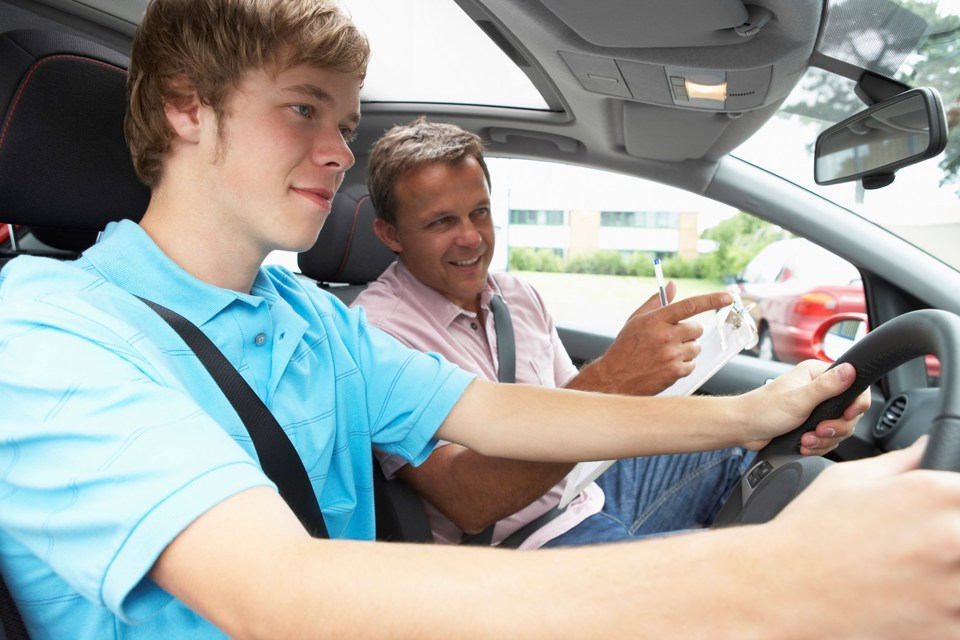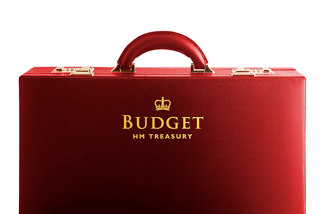A shrinking number of young people gaining driving licences could mean organisations need to introduce more flexible travel policies.
Research commissioned by the Department for Transport found there has been a sustained decline in the number of young adults (aged 17-29) driving over the past 25 years, with this trend not reversing after they reach 30.
This could have implications for organisations as they may need to broaden the travel options they make available as simply offering a company car not be suitable for all staff.
The report said: “It is important to recognise the new realities of the lives and travel behaviour of young adults when attempting to predict future transport use.
“In 2010-14, only 37% of 17-29 year olds reported driving a car in a typical week, while the figure was 46% in 1995-99.
“When forecasting future travel demand, it is important to be aware of the extent and pattern of car access within the population.
“There is a lack of data on the use of emerging transport options (shared mobility in particular) and it will be important to adapt survey and monitoring instruments to understand how these options are perceived and used by different age groups.
“There is the need to develop approaches that can generate scenarios for future travel demand which account for cohort differences in travel behaviour.”
The research found that the proportion of young adults having driving licences peaked in 1992-1994, with 48% of 17 to 20-year-olds and 75% of 21 to 29-year-olds holding a licence. By 2014, this had fallen to 29% and 63% respectively.
Between 1995-99 and 2010-14 there was a 36% drop in the number of car driver trips per person made by people aged 17-29.
The report added: “Young people generally travel less now, with the total number of trips per person made by young men falling by 28% between 1995-99 and 2010-14, while the number of trips made by young women fell by 24%.
“There has been a small increase in the number of trips per person on public transport.
“The number of walking trips per person has fallen whilst the number of cycling trips per person has remained broadly constant.
“As young adults have moved into their thirties, the proportion with driving licences and the amount they drive has increased, but not so much that their car use has caught up with that seen in previous cohorts.
“Although there has been variation from year to year, the general trend has been for each cohort of young people since the early 1990s to own and use cars less than the preceding cohort, and for the growth in car use with age to also be at a lower rate.
“This suggests that their changing behaviour is more than just a postponement of driving.”



















Login to comment
Comments
No comments have been made yet.